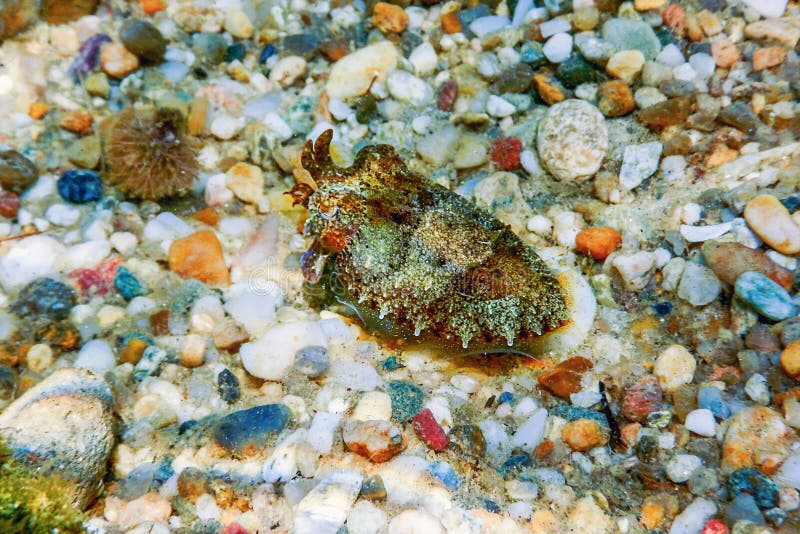
They also tried checkerboards of different colors that were very similar in brightness. When in front of a high-contrast background, like alternating dark and light squares, the cuttlefish skillfully mimicked the checkered pattern. They also put cuttlefish in tanks with a range of different checkerboard patterns to see how well they could differentiate between different colors or brightness. This suggests that it isn't necessary for the cuttlefish to see colors in order to match them. Using night-vision video, scientists at Woods Hole Marine Lab also discovered that cuttlefish even match their background at night, when there isn't enough light for color vision. With only one cone type, you couldn't differentiate between different colors. Humans have three different types, each sensitive to a different color of light. Amazingly, they do this despite being totally colorblind! Color-sensing cells in the retinas of cuttlefish eyes are composed of only one type of cone cell.
#Cuttlefish camouflage skin
Using unique skin pigment cells, cuttlefish can rapidly change their skin color and pattern to blend in with the background. "The findings also lay the groundwork for further study to investigate which specific aspects of the patterned features used here are responsible for activating distinct groups of body components in cuttlefish, and indeed, whether these artificial visual cues are reflective of what is encountered in the animal's natural environment.Clever cephalopods and colorblind camouflage champions-cuttlefish!Ĭuttlefish are cephalopods, relatives of squid and octopuses, and are masters of camouflage. Furthermore, a model in which the visual feature system is implemented in a hierarchical fashion (i.e., when needed, to fine tune a basic response to the overall background), in order for the animal to create the myriad camouflage responses used on the sea floor.Ĭhristopher Tyler, Professor of Visual Science at City, University of London who co-authored the study says that "the cuttlefish provides a fascinating window into perceptual processing of such an alien species by expressing its perception of the surroundings on the dynamic canvas of its skin surface."

While the study findings are preliminary, they are in line with a model in which European cuttlefish do employ a cognitive system that processes specific visual features of the environment, and which is used in combination with a system which responds to the visual background overall. Instead, the findings were more in line with a system whereby the whole range of the animals' body pattern components could be activated, but selectively and in limited numbers, in response to the patterned feature they had been visually exposed to in the water tank.

The results of the PCA found that a few key characteristics did not explain most of the variability in the experimental data, but which would have been expected if the cuttlefish were employing a cognitive system which was expressing only three body patterns. The analysis included a statistical technique called " principal component analysis" (PCA) which searches for clusters of responses in the observed data and attempts to largely explain it with a reduced set of key characteristics of the data.

The animals' camouflage responses to these visual cues were photographed with a camera, and then analyzed to see which of the 30 body pattern components appeared activated across the sample of test subjects. In the study, 15 European cuttlefish were independently acclimated to a small water tank in which they were randomly exposed to either a uniform, gray background, or one of seven backgrounds with detailed, patterned features (e.g., small black squares, small white squares, white stripes). Like their cephalopod relatives the octopus and the squid, cuttlefish are masters at blending in with their environments, which is largely attributable to the way their brains are able to control how pigments in special cells called chromatophores on their skin are displayed across their bodies. The study explored whether the cuttlefish uses a cognitive process that is triggered by specific visual features in its environment and which warrants the number of body pattern components it possesses.


 0 kommentar(er)
0 kommentar(er)
